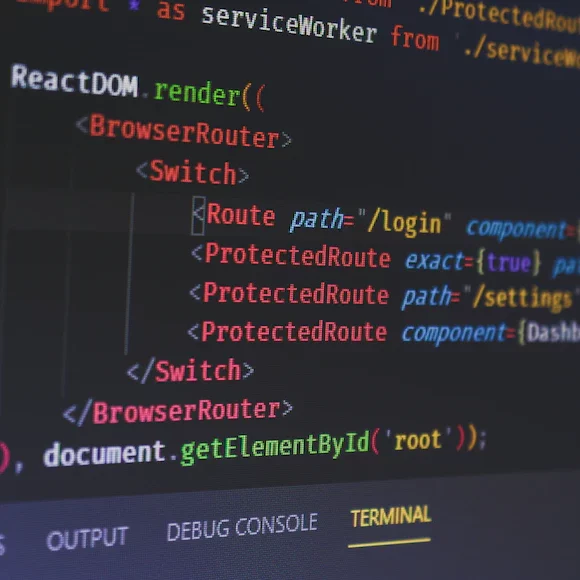"Children may master apps quickly, but it’s up to parents to guide the meaning behind the screen."

Most kids are naturally drawn to smartphones. They’re curious, quick to figure things out, and already know how to dive into games, videos, selfies, and FaceTime. If your phone has ever disappeared into little hands during a quiet moment, you’ve seen just how eager they can be.
For parents, helping a child navigate their first experience with a device has become part of everyday life. It can feel like a lot, but it doesn’t have to be something you avoid. This stage offers a chance to talk about how to use technology thoughtfully and set some early expectations. After all, a smartphone isn’t a toy, it’s a tool that comes with responsibilities.
How Ready Is Your Kid for a Phone?

There’s no magic number when it comes to giving your child a smartphone, but many parents find that the sweet spot tends to be between 12 and 14. By this stage, kids are usually starting to become more independent, navigating school, social lives, and maybe even spending more time away from home.
Still, age alone isn’t the only thing to think about. Every child develops at their own pace, so it helps to look at the bigger picture. Are they generally good at following rules at home and school? Do they take care of their belongings? Can they handle limits on things like screen time without constant reminders? These are the kinds of questions that give you a better sense of their readiness.
You’ll also want to think about how they might handle tricky situations. If something unusual happened, like getting a strange message or seeing something upsetting online, would they come to you? Do they understand the basics of privacy, like not sharing passwords or personal info with others? Being able to manage these things matters just as much as knowing how to send a text or download an app.
How to Open the Tech Talk

Before handing over a phone, start with a simple conversation. Ask your child how they see technology being used by teachers at school, by friends, and even by you. Sharing your habits helps set the tone and makes the topic feel open and approachable.
Find out what your child enjoys about screens. Is there a game they love? A video they keep watching? Ask why. These questions show interest, and they also help you understand what draws them in.
Talk about how technology affects us, how it can be helpful, distracting, fun, or frustrating. These small discussions build awareness.
Establishing Boundaries for Phone Use

Once you’ve decided your child is ready for a phone, it’s a good idea to agree on some simple ground rules together. This doesn’t have to be a strict list of dos and don’ts. Just clear expectations that help keep things on track. Phones can be great tools, but without some structure, they can easily start to take over.
You can talk about when, where, and how the phone should be used. Maybe phones stay off during school hours, or they get charged overnight in a shared space instead of the bedroom. Some families set “no phone zones” during meals or family time, so conversations don’t get interrupted by notifications.
It also helps to agree on a general amount of screen time for things like games and videos, maybe an hour or two after homework is finished, with a bit more wiggle room on weekends or holidays.
Don’t forget to talk about how the phone is used for communication. Set expectations around who they can talk to, how to be respectful in messages, and even small things, like putting the phone down when someone’s speaking to them.
Make Use of Any Available Parental Controls

When your child gets their first phone, you don’t have to hand over full access all at once. Parental controls are a simple way to shape their early tech experiences and give you some peace of mind while they learn to navigate things on their own.
Start by exploring the built-in tools already available. Screen Time on iPhones and Family Link for Android devices let you set time limits, approve apps, and even schedule “downtime” when the phone can’t be used. These tools are usually easy to set up and can be adjusted as your child grows and needs change.
It’s also a good idea to install filtering software on both your home internet and your child’s phone or tablet. This can help block inappropriate websites and give you more insight into how your child is using their device. Options like Qustodio, or Net Nanny can help with things like content filtering, app monitoring, and alerts for concerning activity.
Talking to Your Child About Internet Use

Getting a phone usually means your child now has access to the internet: social media, messaging apps, videos, and more. It helps to have ongoing, low-pressure check-ins about what they’re doing online and what they might come across.
Start with the basics: remind your child not to share personal information like their full name, school, or phone number with people they don’t know. Even a photo or casual post can reveal more than they realize, like where they are or who they’re with.
Talk about things like online scams, too. Some messages and links are designed to trick people into giving away information. Let your child know they can always come to you if something feels off or confusing. No judgment, no overreaction.
When it comes to social media, encourage them to take it slow. There’s no need to sign up for every platform. Choosing one or two that feel right for them and that you’re comfortable with can help make things more manageable.
Also, take time to talk about kindness and respect online. Messages can easily be misread or taken the wrong way. If something wouldn’t feel okay to say face-to-face, it’s probably best to pause before posting.
Cyberbullying and inappropriate content are also worth mentioning. Even if your child isn’t looking for trouble, sometimes it shows up anyway. Keep the door open for honest conversations so they know they can come to you.
Adjust Rules Over Time

The rules you set when your child first gets a phone don’t have to stay the same forever. Younger kids usually need clear boundaries, but as they grow and show they can manage things well, those limits can start to shift.
If your child sticks to agreed screen time, checks with you before downloading apps, and talks openly when something comes up, that’s a good sign they’re ready for a bit more freedom. This might mean allowing more app choices, extending phone use during certain times, or stepping back from daily check-ins.
By the time they reach their mid-teens, the goal is to start handing over more responsibility. You’re not removing every rule at once, but you are gradually trusting them to make more decisions on their own. Instead of managing every detail, you’re there to talk through anything that comes up and offer support when needed.
Let your child know these rules are meant to guide, not control. As they grow and show they can handle more freedom, those rules will naturally fade. In time, the phone becomes fully theirs to manage, and the habits you’ve helped them build along the way will help them use it wisely.
Check out more articles about parenting in the digital world: Navigating Kids Securely Online: Tips and Suggestions, and The Importance of Talking to Your Kids About Social Media














